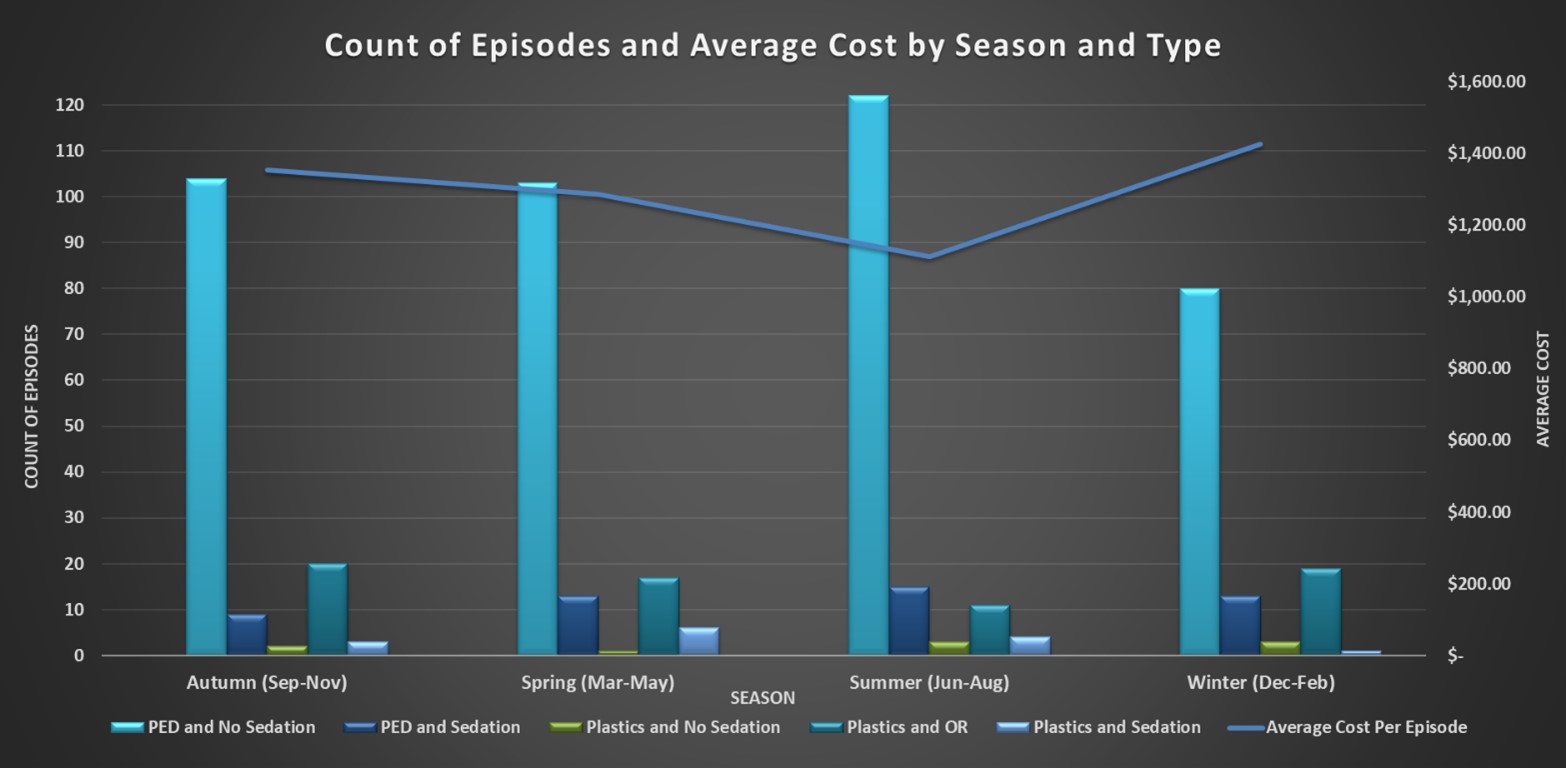Emergency Medicine: Quality Improvement
Emergency Medicine 10
470 - Taking the bite out of dog bite laceration repairs: An initiative to reduce cost while maintaining quality of patient care
Publication Number: 470.309

Kaynan Doctor, MD, MBBS, BSc (he/him/his)
Pediatric Emergency Medicine Attending
NemoursAlfred I. duPont Hospital for Children
Wilmington, Delaware, United States
Presenting Author(s)
Background: Patients presenting to the pediatric emergency department (PED) with complex dog bite lacerations often require plastic surgery repair. The need for a sedated, resource-heavy procedure by an on-call specialist often results in prolonged wait-times in the PED or inpatient unit. This can overwhelm already overburdened healthcare systems and contributes to unsatisfactory patient experiences.
Objective: Determine the pattern and cost of complex dog bite laceration encounters to facilitate piloting a cost efficient, linear solution for pediatric patients requiring timely repair.
Design/Methods: This multidisciplinary quality improvement initiative incorporated multiple experts within a children’s healthcare system. We identified PED dog bite laceration encounters between 2019-2021 based on ICD-10 diagnosis codes of patients presenting to our free-standing children’s hospital PED. Patient demographics, financial data and hospital care processes were analyzed by multi-professional workgroups. Our analysis compared the cost-capacity rate and length of stay for three main complex laceration repair processes: 1) Repair solely by PED physicians 2) Repair by plastic surgery in the PED setting; and 3) Repair by plastic surgery within the operating room (OR).
Results:
A total of 549 total dog bite laceration encounters were identified during the study period. Higher numbers of patients presented during summer months and overall volume rose by 8% over two years. Twenty percent of patients required plastic surgery consultation, and 80% of those were repaired by plastic surgery either in the PED or in the OR. The cost of patients repaired by plastic surgery in the OR was most expensive, averaging 487% compared to repair by a PED provider. Additionally, when repair was performed by plastic surgery, the length of stay increased from an average of 6 to 24 hours.
Conclusion(s): Complex dog bite laceration patients can remain stagnant in the PED or inpatient setting while awaiting definitive repair, usually under sedation and often by plastic surgery. The identification of significant cost discrepancy between the three repair processes prompted our initiative to pilot a new patient flow model supported by multiple departments. We created an option for stabilized patients to be safely discharged home or to the on-campus Ronald McDonald House with the plan to return for a time-slotted plastic surgery procedure within 12 to 24 hours. Our simulations predict a decrease in clinical care time, cost and improved patient satisfaction while maintaining the same quality of repair and ensuring improved workflow in the PED.
